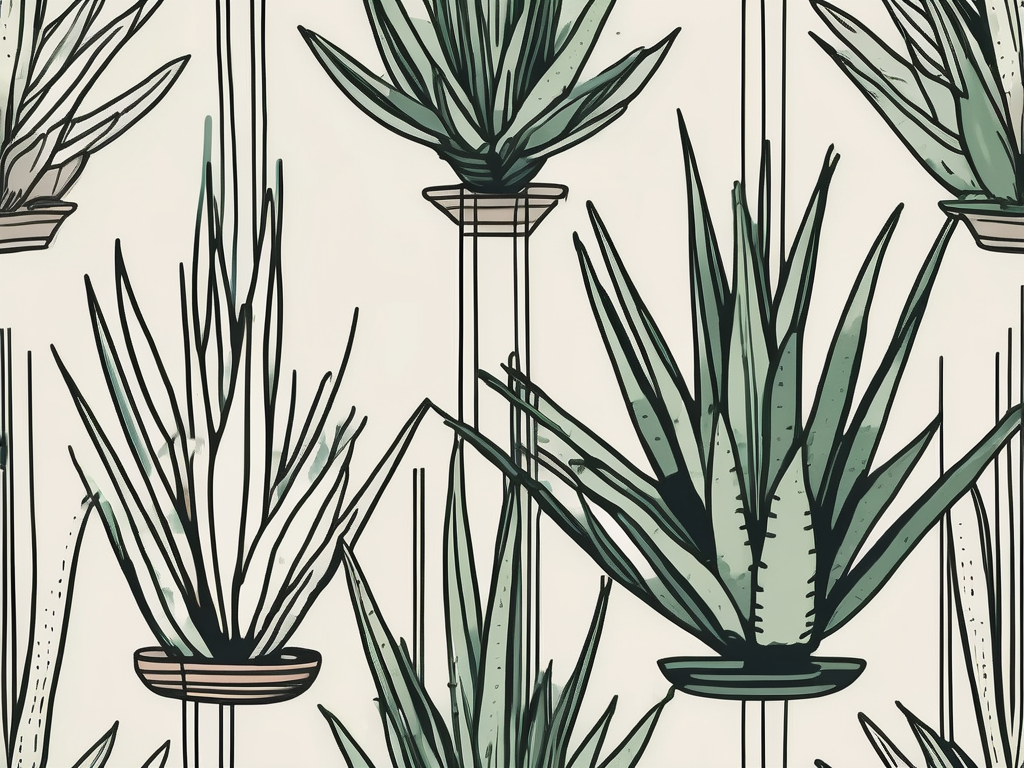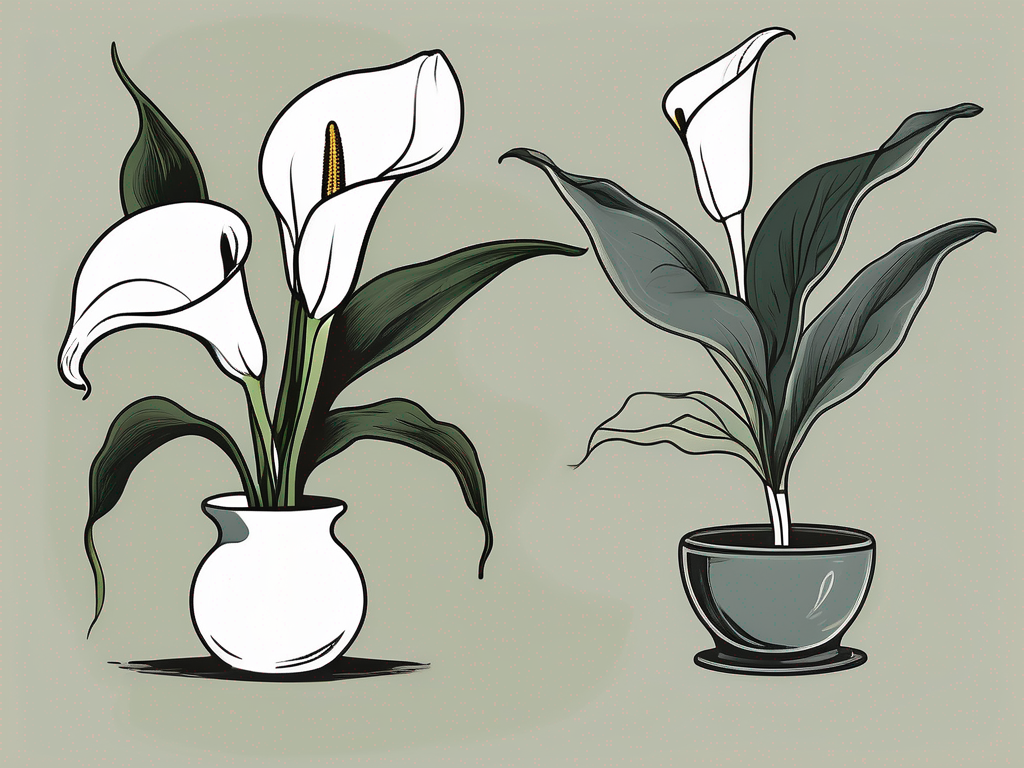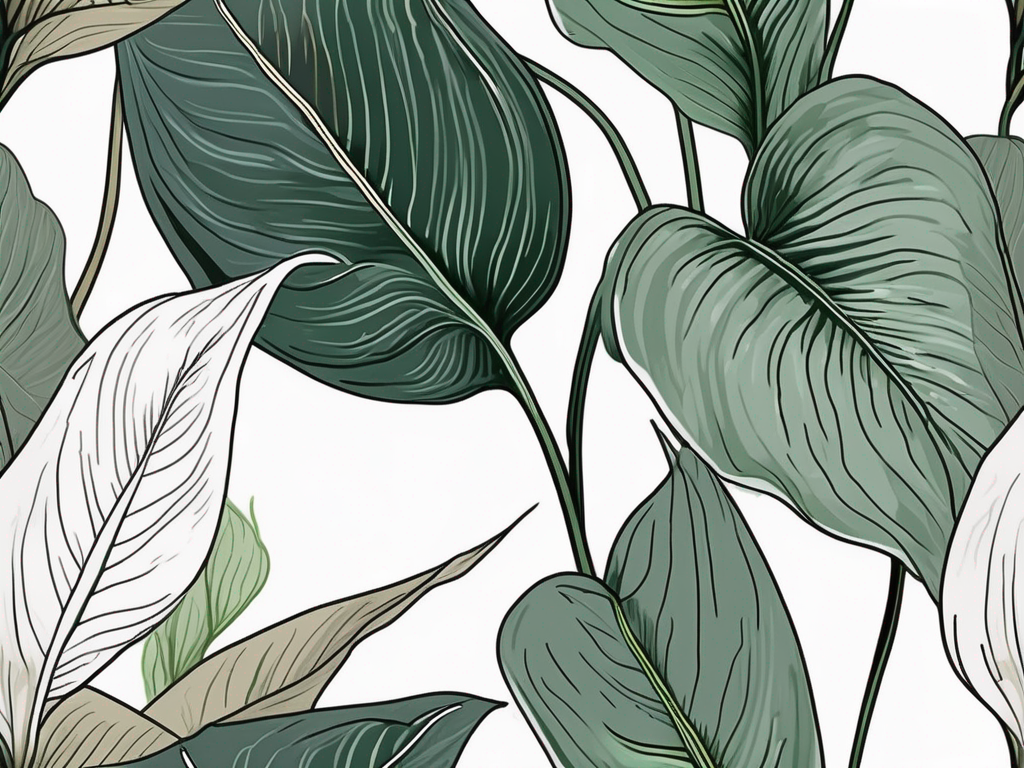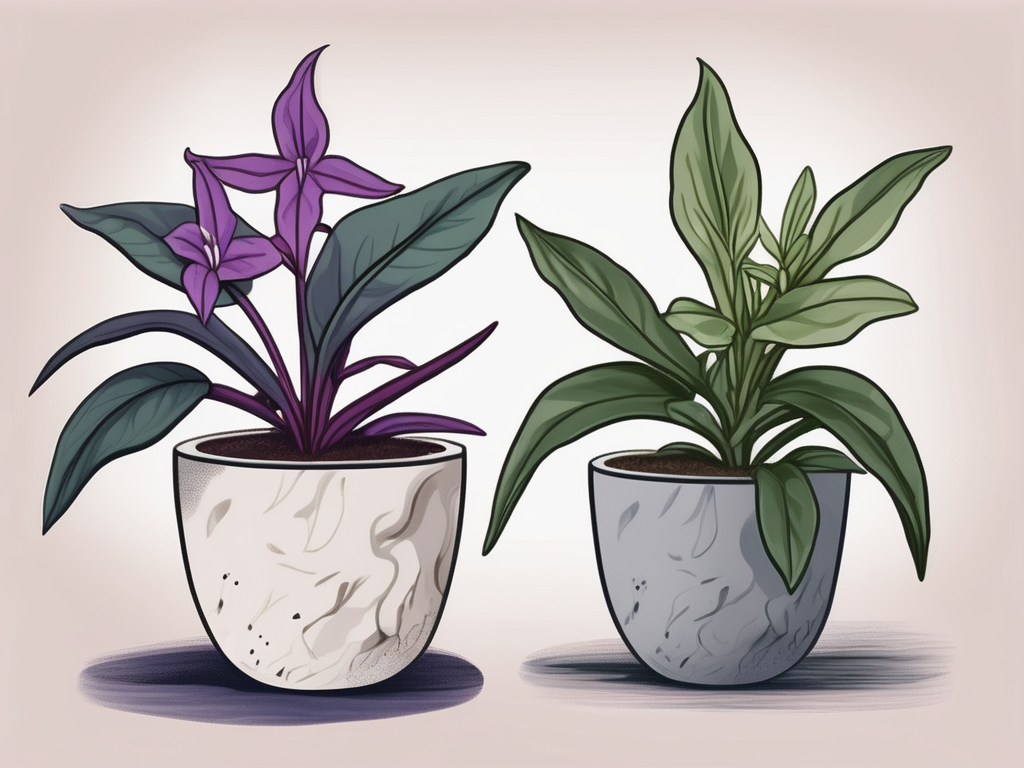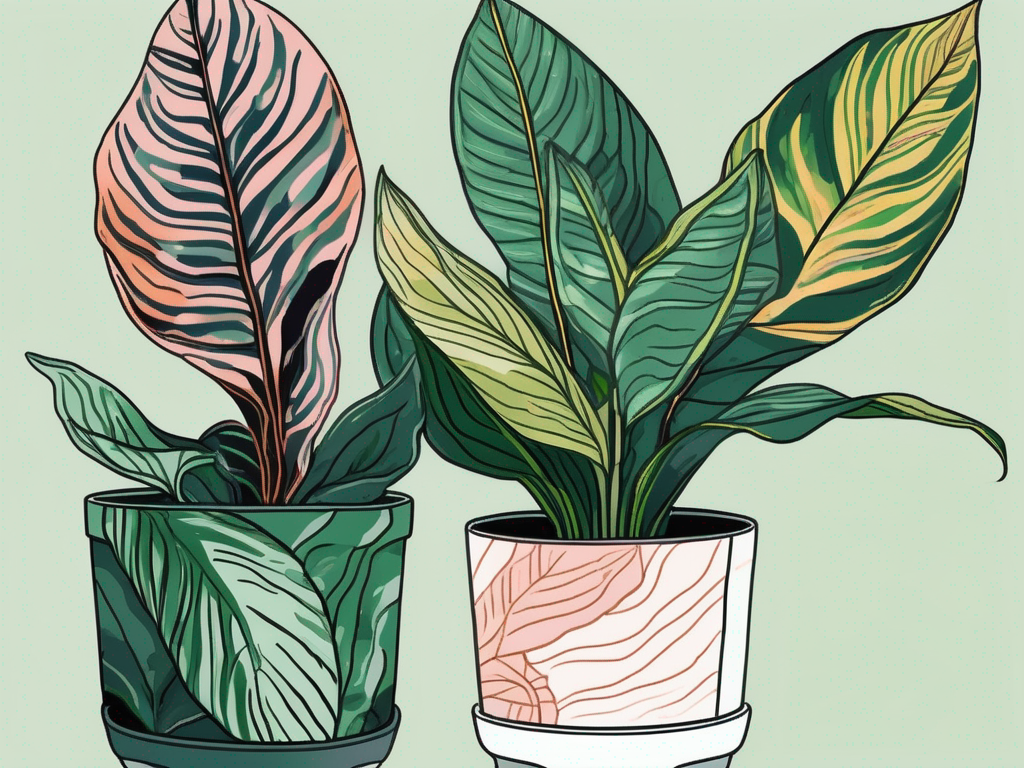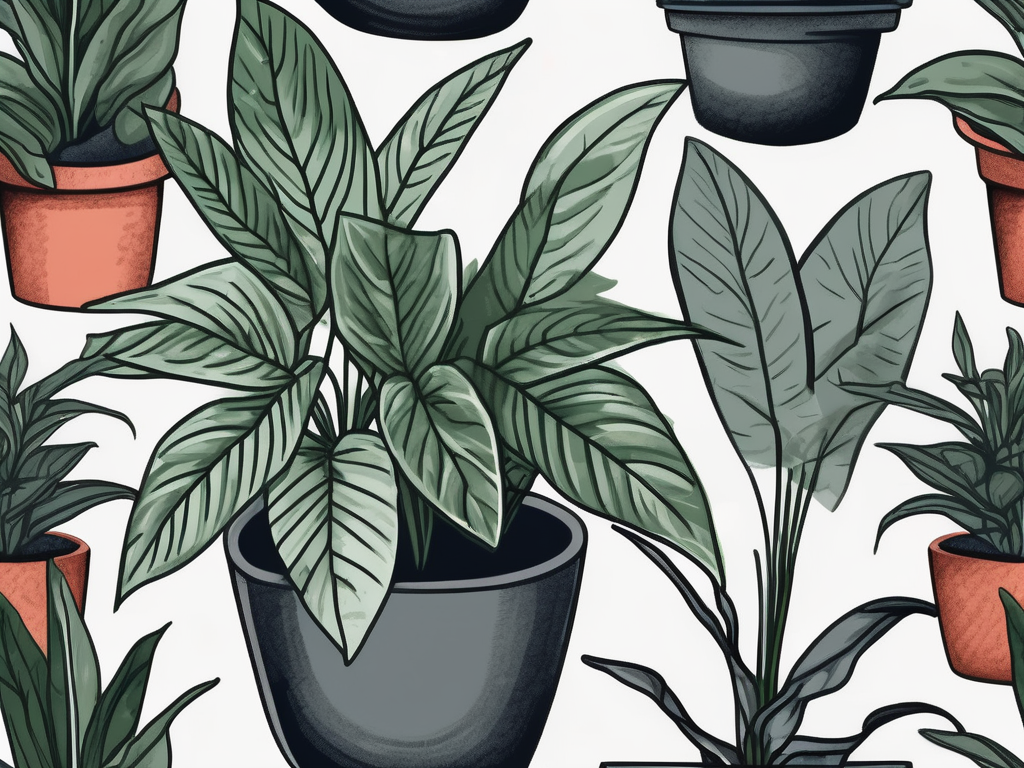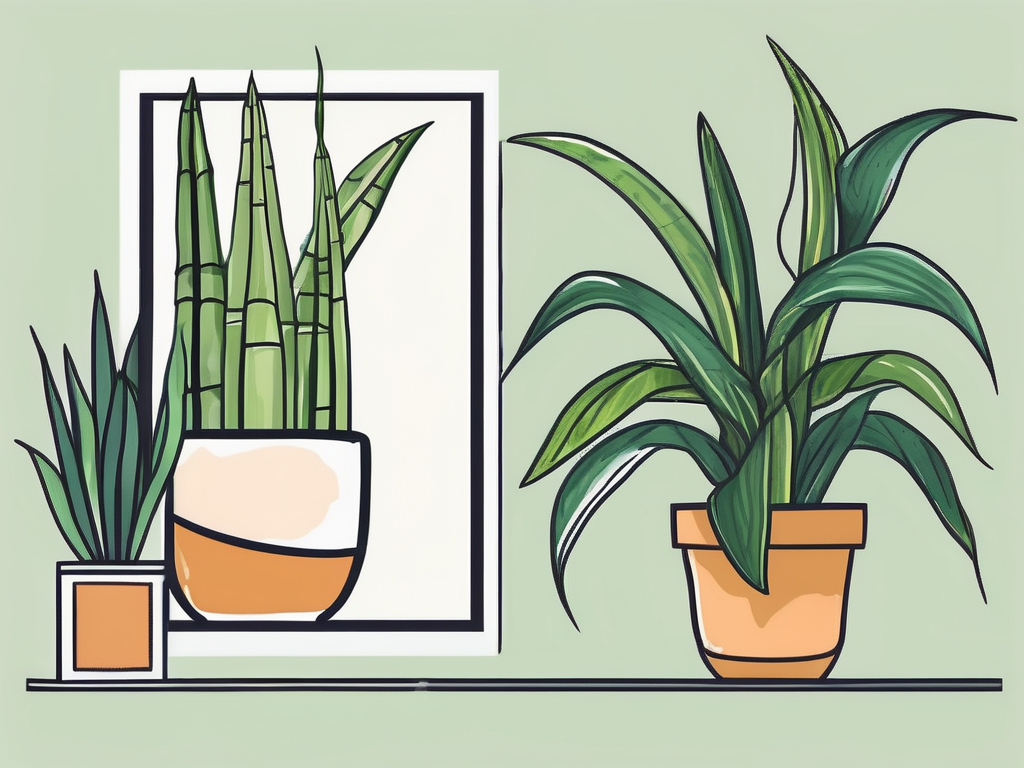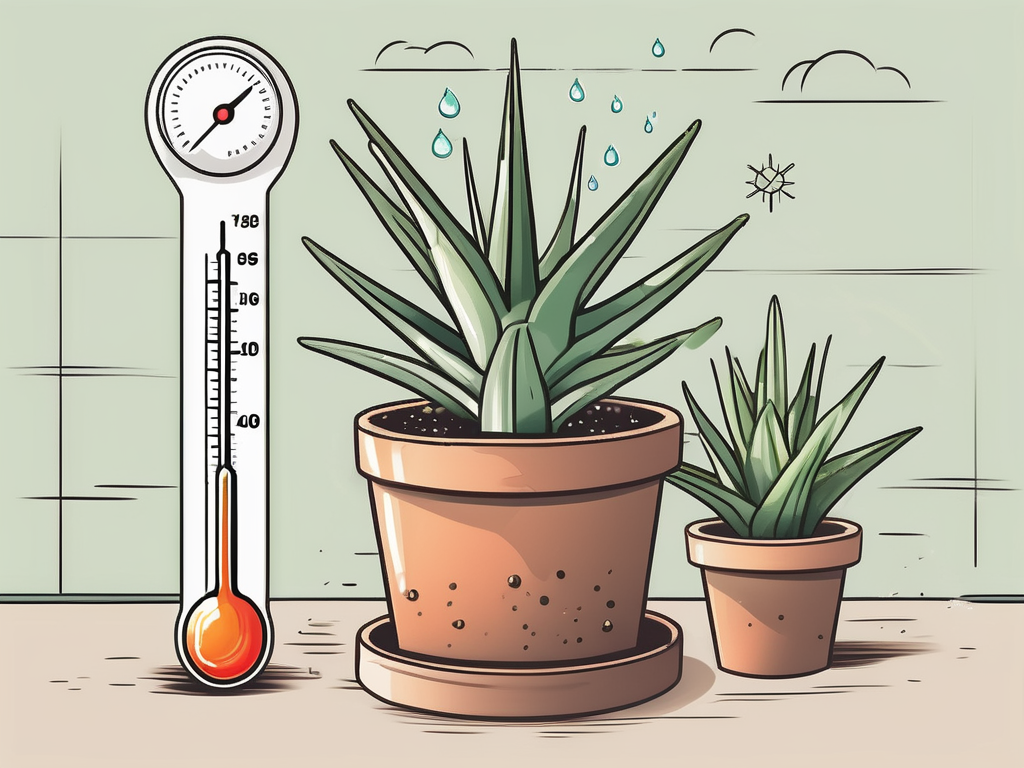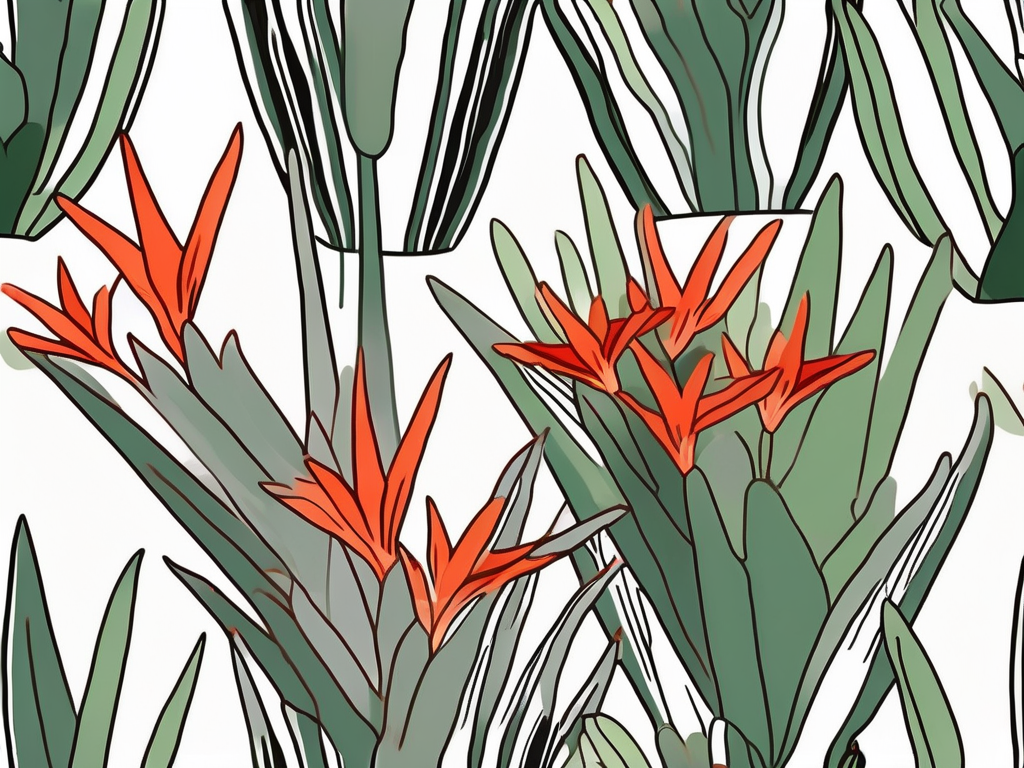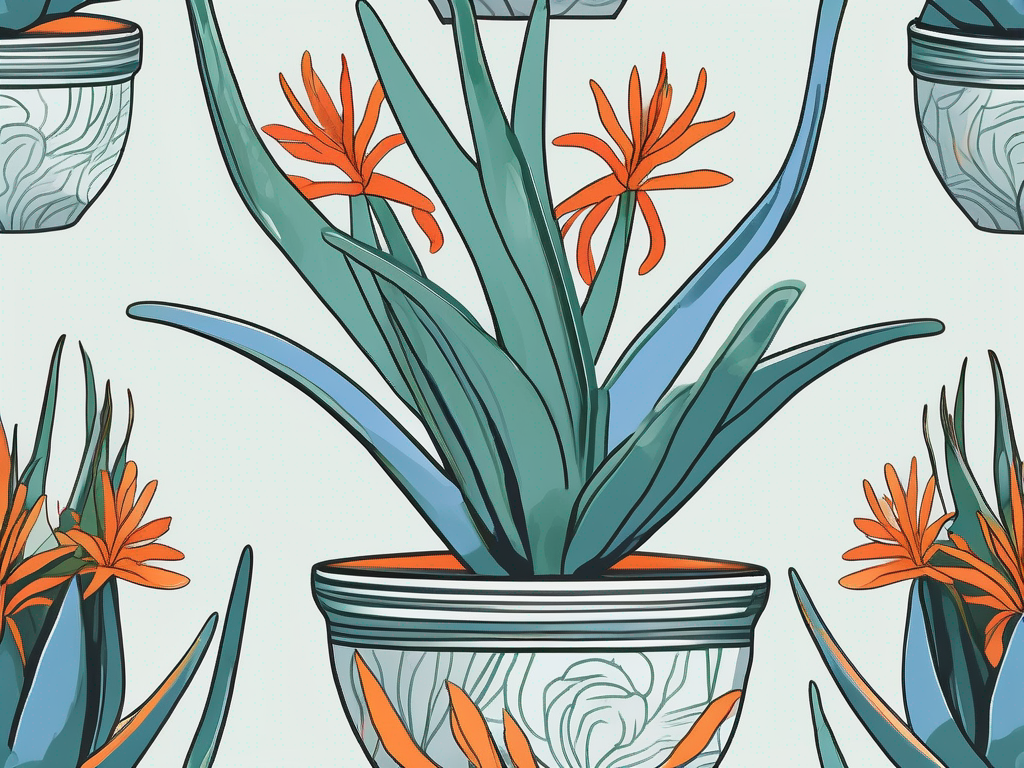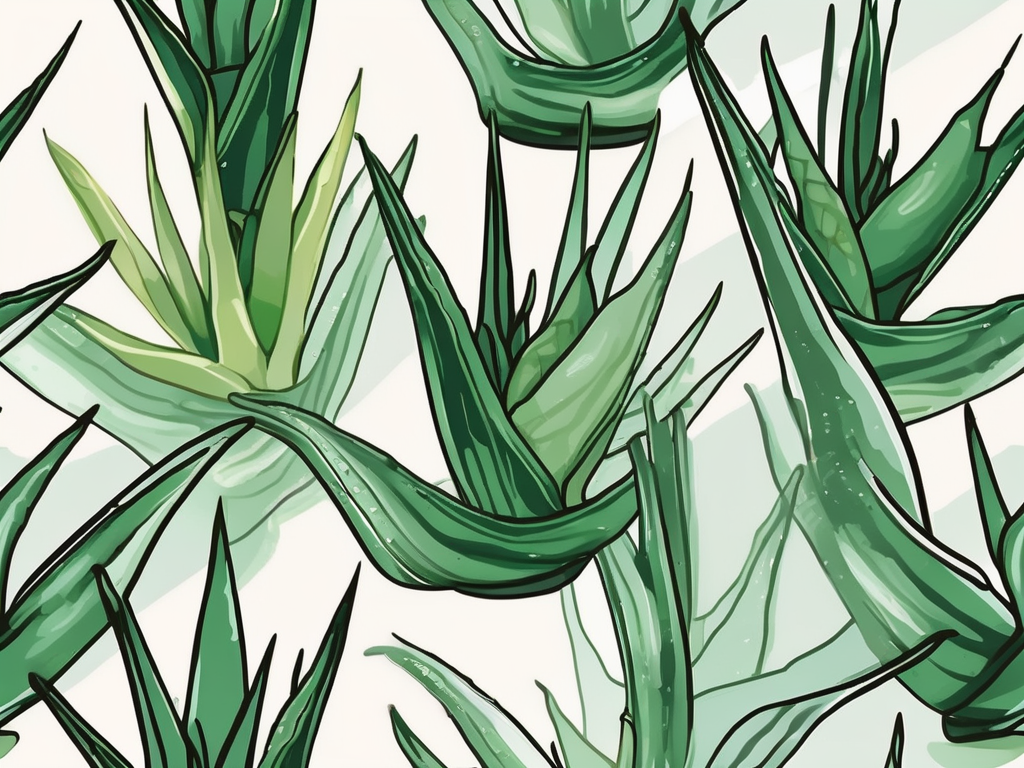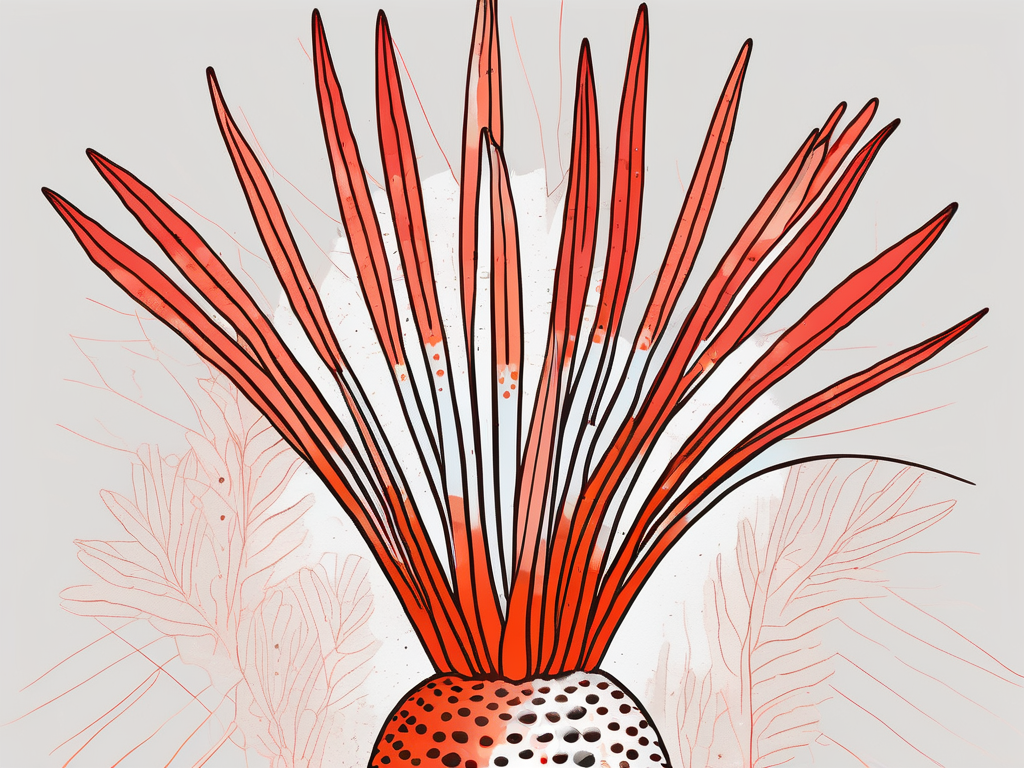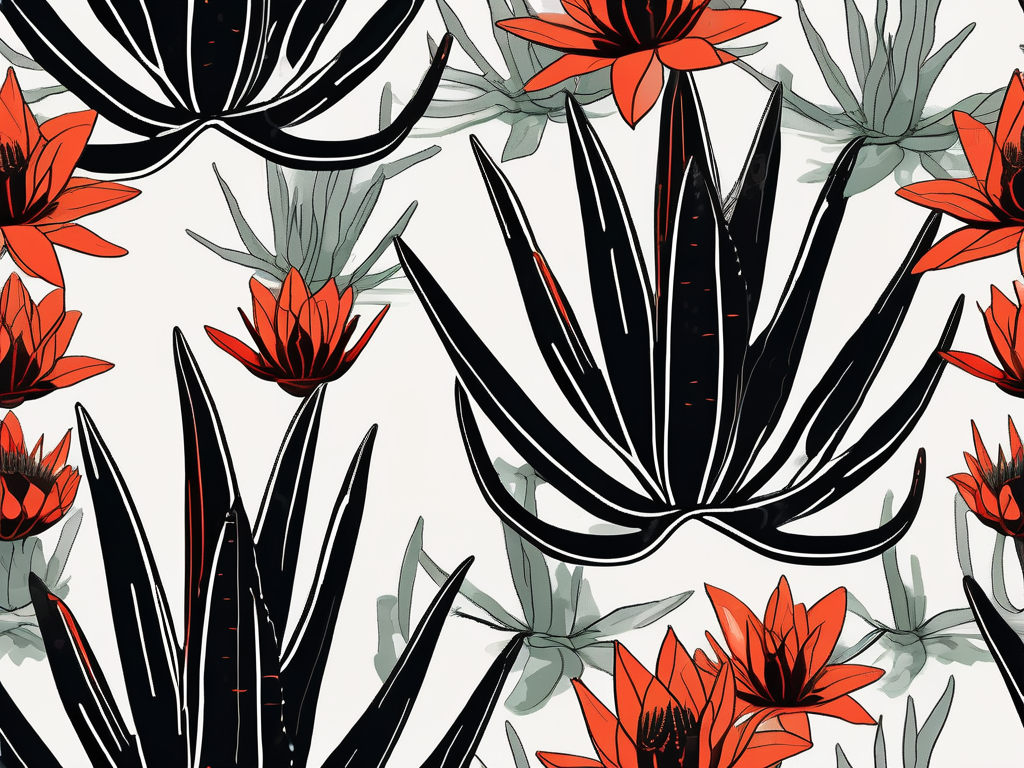
Partridge Breast Aloe isn't just a plant, it's a statement piece that brings a touch of the desert to your living space. This unique aloe, with its mottled leaves and striking architectural form, is a splendid choice for anyone looking to add a bit of character to their plant collection. But, like every plant, it has its quirks and needs.
In the following sections, we'll get into the nitty-gritty of caring for your Partridge Breast Aloe. From the most suitable potting soil to how to tackle pests, we've got you covered. Whether you're a seasoned plant lover or just starting out, this guide is here to help you keep your aloe happy and thriving.
Getting to Know Your Partridge Breast Aloe
Before you can take care of any plant, it's good to know a bit about it. Partridge Breast Aloe, also known by its scientific name Aloe variegata, is native to Southern Africa. It stands out with its unique, speckled leaf pattern reminiscent of a partridge's feathers—hence the name.
These aloes are compact, making them perfect for indoor spaces where you might not have room for larger plants. They're slow growers, but when they do blossom, you're in for a treat with their bright, tubular flowers. Understanding these basic traits can help you cater to its specific needs.
- Growth Habit: This aloe grows in a rosette pattern and can reach a height of about 12 inches.
- Leaf Appearance: Leaves are fleshy, dark green with white spots, and have a smooth texture.
- Flowering: Typically, it blooms in late winter to early spring.
Knowing these traits will help you understand what to expect and how to plan for its care, especially when it comes to accommodating its growth and flowering cycle.
Choosing the Right Spot
Location is everything when it comes to keeping your Partridge Breast Aloe happy. These plants love sunlight, but too much direct light can scorch their leaves. Think of them like sunbathers—they enjoy the sun, but they need some shade to avoid getting burnt.
Place your aloe in a spot where it gets plenty of bright, indirect sunlight. A south or east-facing window usually works well. If you're thinking of putting it outside during warmer months, choose a spot with filtered sunlight.
- Indoors: Near a window with indirect light.
- Outdoors: A shaded patio or garden area with dappled sunlight.
Remember, if you see the leaves starting to turn brown or shrivel, it might be getting too much sun. Conversely, if the leaves are stretching towards the light, it's a sign it needs more.
Soil and Potting Essentials
When it comes to soil, think drainage, drainage, drainage! Partridge Breast Aloe, like most succulents, hates having wet feet. Using the right potting mix is crucial for its health.
Opt for a cactus or succulent potting mix that allows water to drain quickly. If you can't find one, you can make your own by mixing regular potting soil with coarse sand and perlite. This helps prevent root rot, which is a common issue with poorly draining soil.
- Potting Mix: Cactus or succulent mix, or a homemade mix of potting soil, sand, and perlite.
- Pot Selection: Choose a pot with drainage holes to allow excess water to escape.
Re-potting every couple of years will give your aloe fresh soil and more room to grow. Just be gentle with the roots when transferring it to a new pot.
Watering Wisely
When it comes to watering your Partridge Breast Aloe, less is more. Overwatering is the number one cause of plant woes. These plants are drought-tolerant and prefer their soil to dry out completely between waterings.
A good rule of thumb is to water your aloe about every two to three weeks, depending on the humidity and temperature of your home. Always check the soil before watering; if it's still damp a few inches down, wait a bit longer.
- Summer: Water every two weeks.
- Winter: Reduce watering frequency, as the plant's growth slows down.
Signs of overwatering include mushy leaves and a soggy base. If you notice these, let the soil dry out completely before the next watering.
Feeding Your Aloe
Feeding your Partridge Breast Aloe is a bit like giving it a little treat. While they don't need much in the way of fertilizers, a little boost during the growing season can be beneficial.
Use a balanced liquid fertilizer diluted to half strength once a month from spring to early fall. This gives your plant the nutrients it needs without overwhelming its system.
- Type: Balanced liquid fertilizer.
- Frequency: Once a month during growing season (spring to early fall).
Avoid feeding during the winter months when the plant is dormant. Over-fertilizing can lead to salt build-up in the soil, which isn't good for your aloe's health.
Pruning and Maintenance
Pruning your Partridge Breast Aloe is more about aesthetics and health maintenance than necessity. These plants generally don't require much pruning, but removing dead or damaged leaves can help keep it looking tidy.
Use clean, sharp scissors or pruning shears to cut away any leaves that are brown or shriveled at the base. This not only improves the appearance but can also prevent any potential diseases.
- Tools Needed: Clean scissors or pruning shears.
- When to Prune: As needed, whenever you notice unhealthy leaves.
Regularly check for dust on the leaves, as this can inhibit photosynthesis. A gentle wipe with a damp cloth will keep them clean and healthy.
Dealing with Pests
Even though Partridge Breast Aloe is generally pest-resistant, it can occasionally attract unwanted guests like mealybugs or aphids. These pests can be dealt with easily if caught early.
Inspect your plant regularly, especially the underside of the leaves where pests like to hide. If you spot any, remove them with a cotton swab dipped in rubbing alcohol.
- Common Pests: Mealybugs, aphids.
- Treatment: Remove with rubbing alcohol on a cotton swab.
If the infestation is severe, consider using an insecticidal soap or neem oil spray. Always follow the instructions on the label and test on a small leaf area first to avoid damage.
Creating a Plant-Friendly Home Environment
Your Partridge Breast Aloe is not just a plant, it's part of your home decor. Integrating plants into your living space can make your home feel more inviting and lively. Here are a few tips on how to do just that:
- Grouping Plants: Place your aloe alongside other succulents or cacti for a cohesive look.
- Shelving and Stands: Use plant stands or shelves to add height and interest.
- Complementary Decor: Pair with natural materials like wood or stone to highlight its natural beauty.
Don't be afraid to experiment with different placements until you find the right spot that suits both your plant's needs and your interior style.
Final Thoughts
Caring for a Partridge Breast Aloe is a delightful journey that combines the satisfaction of nurturing with the joy of having a unique plant in your home. From choosing the right spot to ensuring proper watering, each step helps create a thriving environment for your aloe.
At Cafe Planta, we're passionate about helping you succeed in your plant care journey. We offer a variety of houseplants and accessories, and if you have any questions, don't hesitate to email us or send a message on Instagram. We're excited to help you create a beautiful, thriving plant collection in your home.

